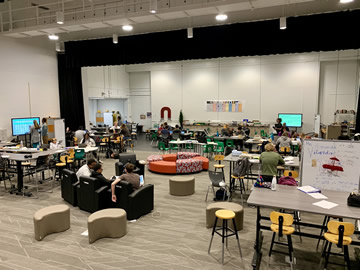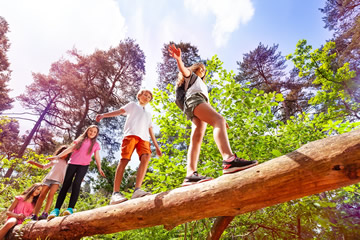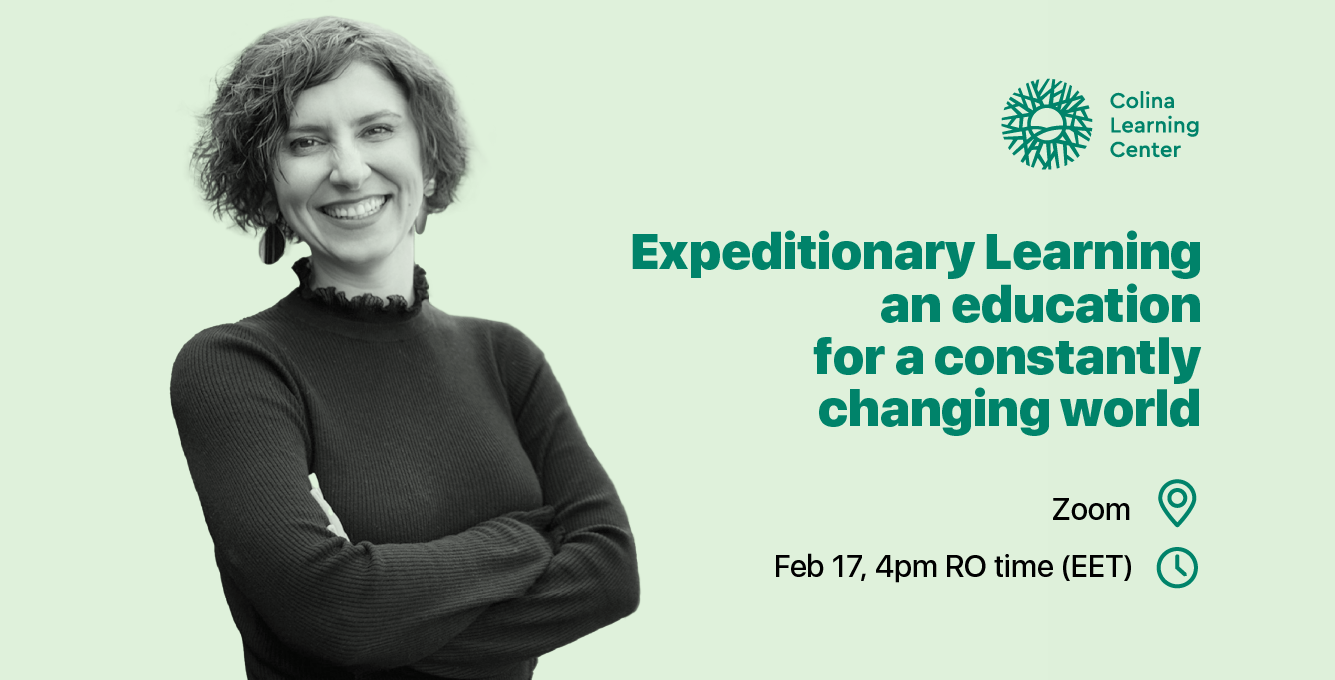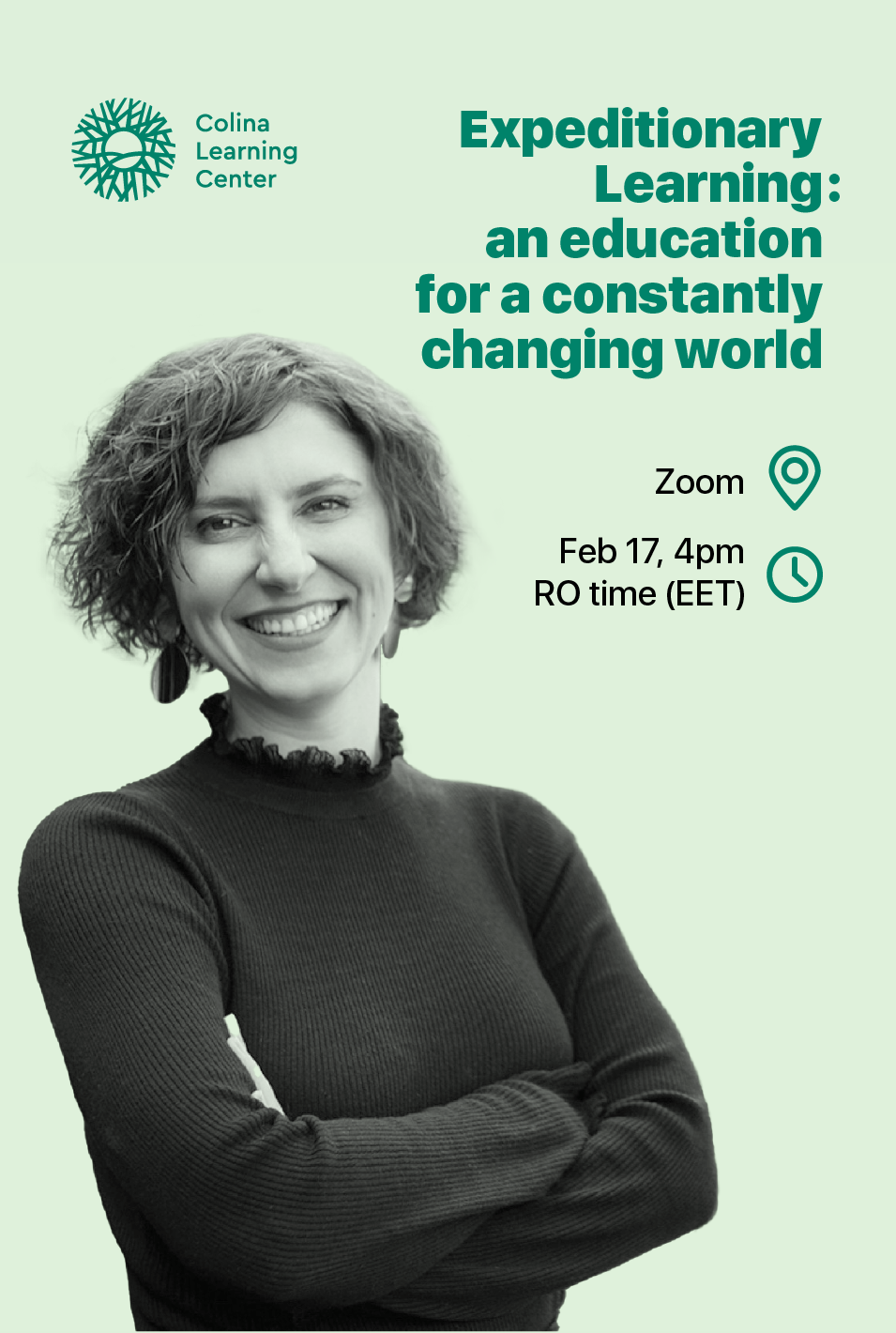One of the biggest hurdles to powerful learning are the buildings of traditional schools. With children locked inside classrooms and at aligned desks, the school environment is “cemetery-style”: everyone in rows and silent.
Learning spaces should feel alive and flowing, not dead.
A great school should sometimes feel like a home. Many times like a work-place. Often like a playground. Occasionally like a temple. Never like a cemetery.
It is a new approach to designing educational spaces that is based on evidence of good practices and adapted to the needs of the 21st century human.
This new concept is called “Innovative Learning Environments”[1] and it has been formalized in the 21st century. 2013 was the year when OECD issued an international report on innovative learning environments. It makes recommendations that include more than the buildings. But definitely buildings as well. New Zealand now requires that all schools provide “quality learning environments”[2] by 2030 and it started piloting how to implement this in 2019.
A couple of decades into the 21st century made most school buildings in the world become obsolete. Why? Because most schools were built in the 20th century. In Romania we are stuck in the Middle Ages. We are still tackling the basics of a decent learning environment. Like having toilets that work and are not a danger to the students. (In 2019, 1170 schools[3] did not have an indoor flushing toilet.)
Even the best schools, schools with access to resources, new, beautiful private schools are still being built on the best practice of the 20th century. It is extremely costly to change buildings with fixed walls. So it is a huge opportunity for any new school to be built differently from the start. Fortunately many schools, private and public, are changing. Just not in Romania.
So what should a great 21st century school look like?
Flexible, allowing for different school and class configurations.
First and foremost, it needs to be flexible. You need spaces that can be changed and combined to ensure they provide both open areas and smaller breakout rooms. No more fixed classes, fixed furniture, not even fixed walls.
Furniture and class configuration allow for individual and group work, with easy transition between large- and small-group learning. Age is not the main separator of groups or rooms. Projects, interests and levels become the criteria that lead to group formation. The activity and the teacher adapt to the student, not the other way around.

Synnovation Lab is a project of innovation by using the “school within a school” appoach. Alongside a traditional division of high school, students can now attend a 21st century education without classrooms, fixed schedules and external pacing. There are many areas for small groups and individual learning, as well as spaces for teacher-directed activities.
Spaces for collaborative learning and collaborative teaching
School spaces need to facilitate a collaborative approach to learning and developing the community. The needs and preferences of the learners, not of the teachers, have to be central to the learning process. It is a key need of children to develop collaboration skills, a key 21st century competency. No matter what their career or business will be, they will only succeed if they work together.
Traditional schools were more for the benefit of the teacher. No visibility, no accountability, in Romania for instance no teacher is ever visited by another teacher or even the school principal. You can literally have 40 years of an average teaching career with almost no one ever seeing or influencing their teaching practice. The teacher is alone with children within the walls of the classroom, with the absolute authority to teach as he or she pleases.
This will happen no more in the innovative learning environments. A bold statement in an article[4] states “Wanna improve education? Demolish the classrooms”. The school given as an example is Ørestad Gymnasium in Copenhagen, a public school which has been designed entirely on new principles.
“The role of the teacher is to organise processes where learning can take place for the students...The architecture of my school forces the teacher to do just that, because the only thing you can’t do in a school building like ours with all these open learning spaces is have a traditional school with traditional teaching, where the teacher does most of the talking.“ Allan Kjær Andersen is the Principal of Ørestad Gymnasium in Copenhagen[5]
Learning on display everywhere
A good school belongs to the children. Its walls show the learning process of children, the thinking, the trial-and-error and the self-assessment. Most traditional schools are still based on displaying the work of adults. Quotes by adults, photos of ‘great adults’, materials created by teachers and experts, projections of photos/videos/etc., created by adults. Or nothing. My classrooms as I grew up had a photo of the dictator in front of the room. And nothing else. Sad, quiet classrooms that communicated nothing.
A good school is one that shows the work of the students. The spaces are alive with children’s work, learning is visible everywhere and the school walls keep changing to reflect school work. Every single area in the school becomes a learning area providing access to “anywhere, anytime learning”. As the student’s work evolves, so does the school. For children, it will feel like they are coming to a new school every week.
Look at this school in the Netherlands, Agora School.[6] Every student gets to create or personalize their own desk. You see mock-ups of what they are trying to create, tools for organizing themselves, the books they are choosing to read in the moment and projects on the walls. Where are the adults in Agora? You hardly ever see them because the work is done by students and it is obvious just walking around the school.
Collaborative approaches to designing school spaces
The creation of such school spaces emerges out of the right methodology of design. It is imperative to use collaborative approaches such as design sprints with parents, teachers and children to ensure we create schools that fit the needs and preferences of the local community.

Here is a photo from Colina Learning Center during a design sprint with parents, teachers and leaders, working together to develop the best preschool for the children who will live there, on site. Not for any child anywhere. Schools belong to the community, they need to be designed together with the community.
The ‘school’ stretches beyond the limits of the building and campus
Learning will not be limited to a building, ‘the school”, but the premises of the school will stretch to incorporate the whole world. Students spend a lot of time outside the school campus. They learn in the ‘real world’ because they will live in the real world.
“Outside” first of all means in nature. Walls isolate us from the planet that is our home. Schools need to ensure children are in touch with nature in order to become sensitive to their impact on the environment and to continuously find ways to be sustainable and planet-friendly.

Learning is embedded in the community. Through their projects and holistic learning, students are required to contact adults in their different roles: parents and relatives, neighbours and friends, professionals and workers. At Nueva School through every project students are asked “to positively and profoundly impact” the world around them. Learning is not sterile, removed from what happens in reality.
In great 21st century schools, there is no more separation between ‘school life’ and “real life’, ‘school work’ and ‘real work’. School work is work that creates a difference in the world.

